“Your price is too high.”
“I really need to think about this…”
“This looks great—but I want to run it by my team first.”
For so many salespeople, objections like these are the bane of their existence.
We all know how frustrating it is to go through the entire sales process, feeling like you’re on the right track—and then just when you’re about to close the sale, the prospect throws an objection at you that you just didn’t see coming.
How do you deal with this? What’s the key to overcoming objections?
There are two components to the answer.
First, there’s what you do to avoid objections in the first place.
And second, there’s what you do if the objection comes at you anyway.
In this video, I’m going to show you 5 steps for overcoming objections like a sales rock star. Check it out:
Video Summary:
Overcoming Objections Step #1: Avoid the objection in the first place.
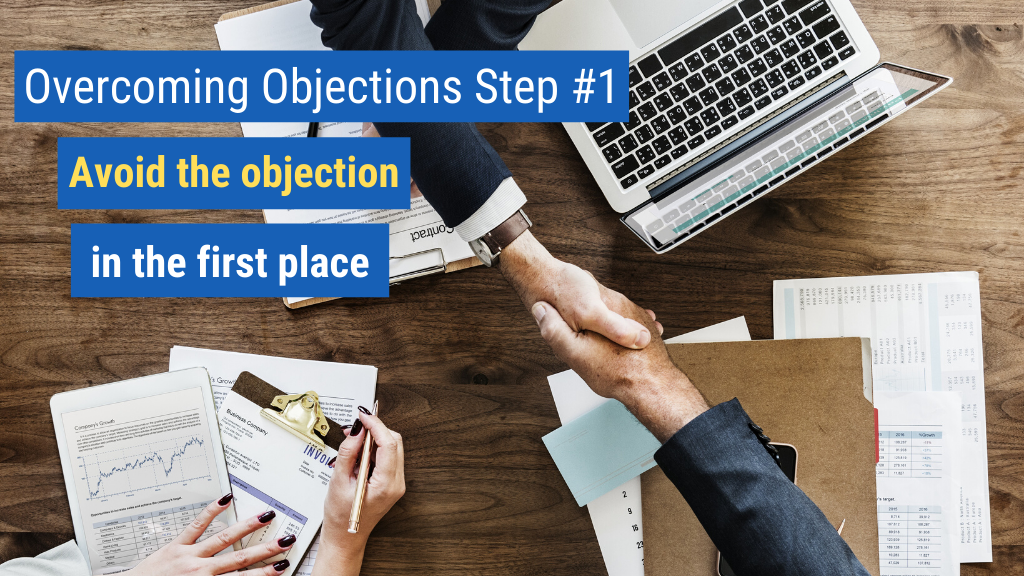 A critical component to overcoming objections is simply to avoid them in the first place. Salespeople are always coming up to me and asking, “How do I deal with this objection? What do I do when the prospect says this?”
A critical component to overcoming objections is simply to avoid them in the first place. Salespeople are always coming up to me and asking, “How do I deal with this objection? What do I do when the prospect says this?”
My first response is always, “Well, what did you do to avoid the objection in the first place?”
You need to do everything in your power, up front, to avoid objections from ever coming your way before you close the sale. For example, consider the common objection, “I need to run this by my team.” This objection should never take you by surprise—you should have known it was coming.
If it’s hitting you over the head like a two-by-four, then you made a mistake earlier on in the discovery process. You should have asked specific questions about their decision-making process to avoid this objection from ever coming up.
This is true for so many sales objections. If you’re hearing a lot of the same objections over and over again, it’s because you aren’t being strong enough during the discovery conversation. Either the prospect isn’t seeing enough value, so they’re looking for a “nice” way to extricate themselves from the situation, or there was a question you should have asked that would have helped you get out in front of an eventual objection.
Do everything you can to avoid objections in the first place. I have so many videos you can watch on YouTube about how to create value during the discovery process. Go take a look—it’s important that you master this if you’re set on overcoming objections in sales.
Overcoming Objections Step #2: Pause.

Let’s say you’ve gone through the sales process and you’ve done a great job during the discovery phase. But, lo and behold, you still get an objection that you didn’t necessarily see coming. It happens. So, what do you do?
Pause.
Here’s how it works. Imagine the prospect says, “Your price is really high.” Most salespeople in that moment will immediately launch into a defensive monologue, justifying their price, talking about why it’s not too high—why, in fact, it’s actually low given the value they bring…etc. Whatever it is, this is exactly what you want to avoid when overcoming objections.
Whenever you hear an objection at any point in the sales process, the first thing you want to do is pause.
Take a breath. Pause for a few seconds. Give yourself a moment to think through what you’re going to do next. Never rush through it. Slow it down.
So, the prospect says, “Your price is much higher than I expected.” Next, count in your head: One, two, three, four. And then…
Overcoming Objections Step #3: Soften.

After you pause, it’s time to soften.
You never want to make the prospect feel like their objection is dumb or silly or frivolous. You want to show that you’re accepting and acknowledging the objection.
The best way to do this is to soften whatever you’re about to say. Compliment or flatter the prospect. Tell them something nice about what they just said.
If the prospect just said, “Your price is much higher than I expected,” then you pause before softening with something like, “You know what? I really appreciate your sharing that” or “That totally makes sense.”
If your prospect was feeling something enough to say it, then you must acknowledge that what they’re saying has merit and value. That’s why we’re softening—so they don’t feel defensive, because we’re not pushing back.
We’re not getting into an arm-wrestling match where they’re pushing one way and we’re pushing the other. Instead we’re accepting it; we’re acknowledging it; and we’re softening it by saying something nice about what they just said. This is absolutely key to overcoming objections.
Overcoming Objections Step #4: Clarify.
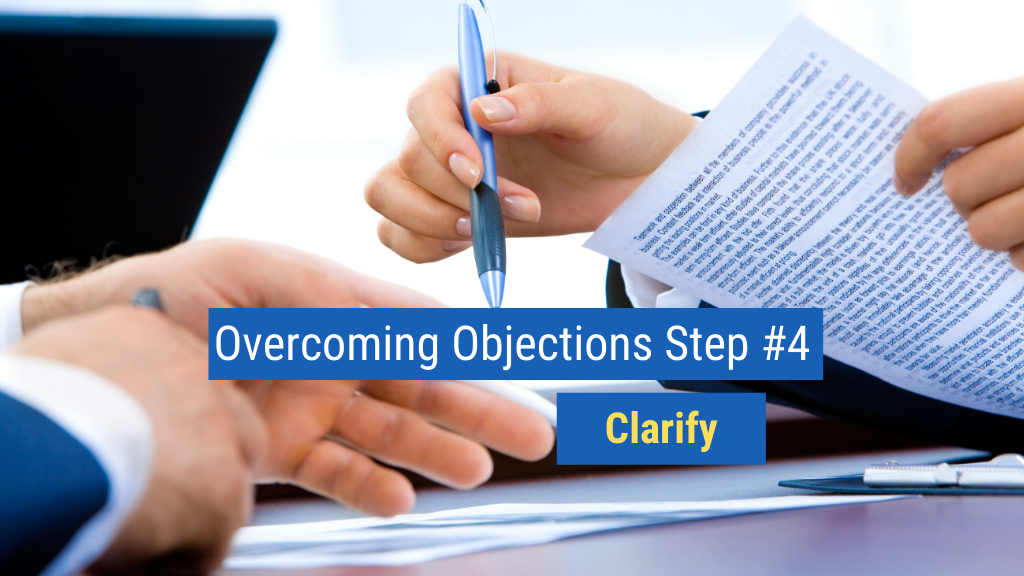
This is the step that most reps miss every single time. They hear an objection like, “Your price is too high,” and they immediately start justifying, explaining, and defending, without digging deeper to understand what prompted the objection.
Instead, after you pause and soften, you want to clarify.
You can easily clarify with a question such as, “Help me understand—what prompted you to say that?” Once you’re given that response, you’re going to dig into it. Don’t just ask one clarifying question—go deeper. Say, “I see. Tell me a little bit more about that…” or “Unpack that for me…”
Bring the objection back into the discovery conversation. This process is likely to clarify what your prospect really cares about. Because when a prospect says, “Your price is a lot more expensive than I expected,” it doesn’t necessarily mean that they want you to lower the price—they’re simply stating something. You don’t know why they’re stating that, and you should never assume anything.
When we clarify and dig, we’re often going to uncover other gems, other pieces of value, that can ultimately help us close the sale.
Overcoming Objections Step #5: Address.
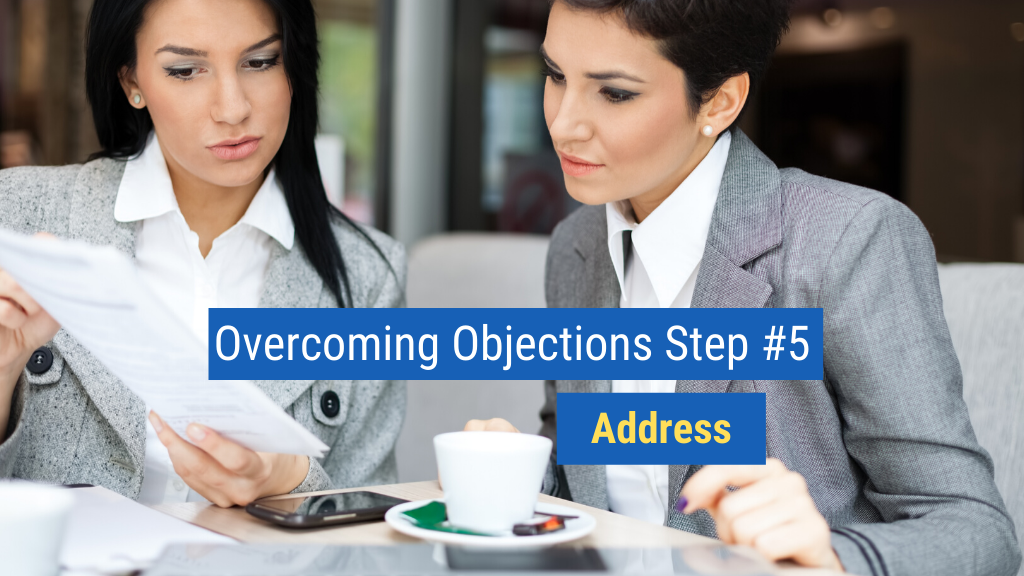
After we pause, soften, and clarify, it’s time to address.
Let’s say your clarifying questions reveal that the price is a real issue, and the prospect simply can’t pull together the budget right now. (Which, by the way, you would already know if you’d had a great discovery conversation, so the situation would likely never have gotten to this point anyway. Remember—avoiding objections in the first place is so key.)
But for the sake of this example, let’s say that you did have a thorough budget conversation during the discovery phase, and the prospect still comes at you with an objection about price. You’ve paused, softened, and clarified—and it’s clear that this is a sticking issue.
So, what do you do next? Address it.
Start by simply getting their permission to throw some ideas out there. Say something like, “Would it be OK if I just threw a couple of ideas at you?” And they’re almost always going to say yes.
This is where you can start to address the objection by sharing ideas on how you might be able to pull out some pieces to lower the price. If it’s really about price, then you’re going to ultimately have to get down to wherever they need to be.
And now you’re kind of in this brainstorm session with the prospect, so you’re not locked into whatever it is you come up with. But hopefully you can get to a place where you can ultimately move forward with the sale.
 So, now you know 5 steps for overcoming objections like a sales rock star. Which of these ideas did you find most useful? Be sure to share your thoughts in the comments section to join the conversation.
So, now you know 5 steps for overcoming objections like a sales rock star. Which of these ideas did you find most useful? Be sure to share your thoughts in the comments section to join the conversation.
Enjoyed this article? Please share away!

Get instant access to our free sales training:
Why Prospects Push Back on Price, Give 'Think-It-Overs,' and Ghost in Sales Until They Meet a Sales Superstar Who Is Following These 7 Simple Keys

About the Author Marc Wayshak
Marc is is the best-selling author of three books on sales and leadership, including the highly acclaimed titles Game Plan Selling, The High-Velocity Sales Organization and his forthcoming book, Sales Conversations, Mastered.
Marc is a contributor to Inc, HubSpot, Fast Company, Entrepreneur Magazine, and Huffington Post Business. He also hosts a popular YouTube channel on sales strategy with over 103,000 subscribers.
Marc helps thousands of people his data-driven, science-based approach to selling that utilizes all the best tools available to sales organizations today.

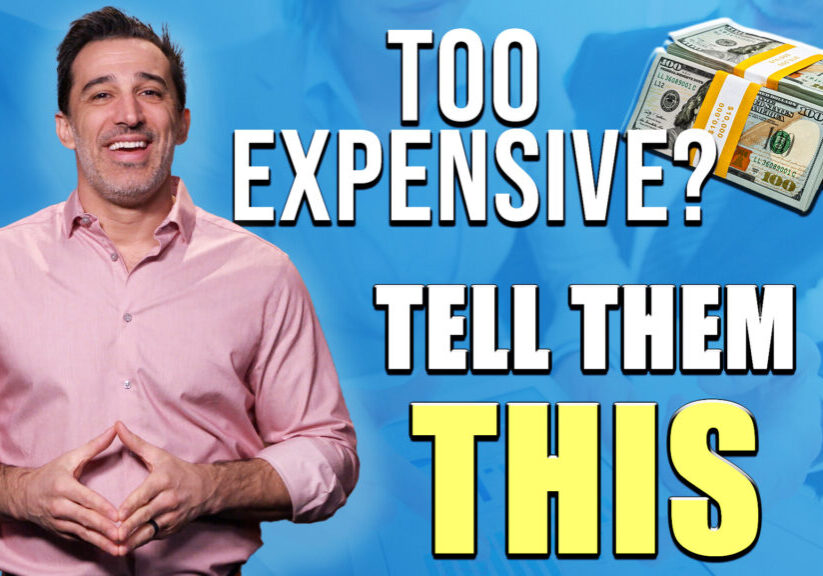
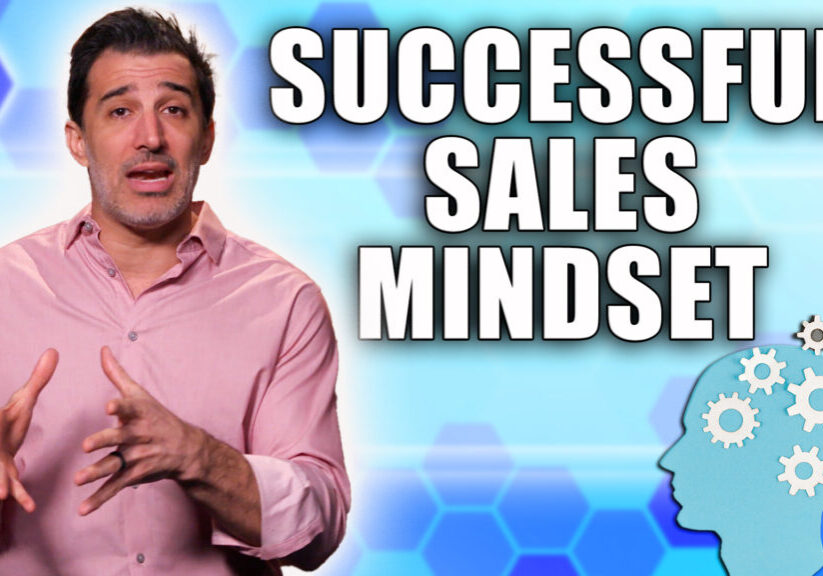
![How-to Sell to Power [C-Suite Sales Must-Knows!] How to Sell to Power [C-Suite Sales Must-Knows!]](https://salesinsightslab.com/wp-content/uploads/bb-plugin/cache/How-to-Sell-to-Power-C-Suite-Sales-Must-Knows-1024x576-landscape-7a52c541b28a7b772ad9e1010d8240be-.jpg)


![The Absolute Best Way to Start a Sales Conversation [WITH ANY PROSPECT] The Absolute Best Way to Start a Sales Conversation [WITH ANY PROSPECT]](https://salesinsightslab.com/wp-content/uploads/bb-plugin/cache/The-Absolute-Best-Way-to-Start-a-Sales-Conversation-WITH-ANY-PROSPECT-1024x576-landscape-be9d9379ab94d9f71b5bfeed42246a84-.jpg)